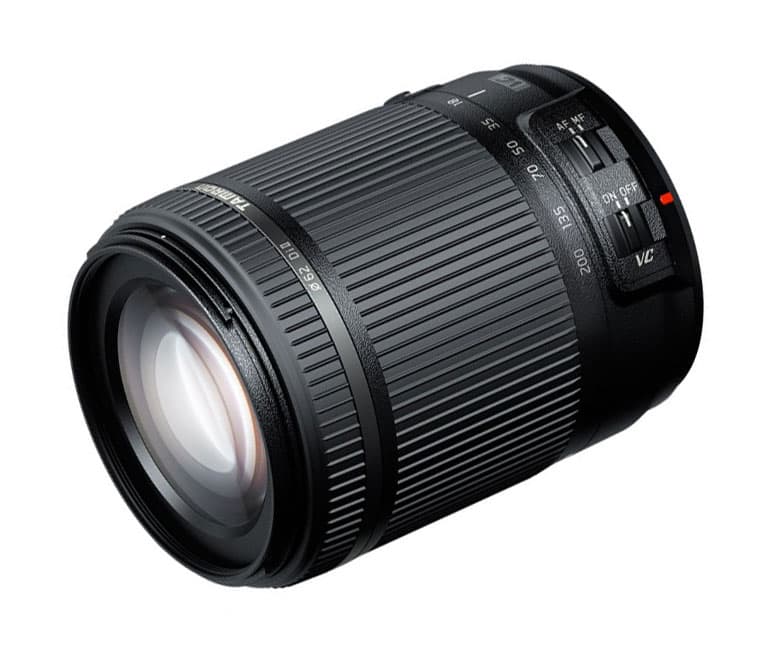Tamron 18-200mm f/3.5-6.3 Di II VC – Image quality
As mentioned, superzoom lenses aren’t exactly known for their image quality. The Tamron 18-200mm doesn’t buck this trend, and it isn’t the best lens on the market in terms of optical quality. However, it’s important to keep its flaws in context, because when used with care the images it creates are fine for sharing on the web or social media, or printing to around 12x8in (or A4) in size.
So how does it behave? Pretty typically for a superzoom, in fact: it’s sharpest at wideangle, especially in the centre of the frame, and gets progressively softer as you zoom in, with little in the way of really fine detail at longer telephoto settings. The corners of the frame are noticeably softer than the centre, and you’ll usually want to stop down to f/8 for best results.

(18mm) The lens covers a useful range, from a 28mm equivalent wideangle…

(200mm) … through to 300mm telephoto
There’s also fairly strong barrel distortion at wideangle, turning to pincushion across most of the remainder of the range. At the two extremes of the zoom, strong green and magenta colour fringing is visible in the corners of the image due to lateral chromatic aberration, along with very noticeable vignetting at maximum aperture. These are archetypal characteristics of long-range zooms.
As it’s a third-party lens, cameras won’t generally fix these flaws in their JPEG output, although most Nikon DSLRs will correct the colour fringing. However, if you’re prepared to shoot in raw and post-process, distortion, vignetting and chromatic aberration can all be eliminated effectively (a profile for the lens is available for Adobe Photoshop and Lightroom users). Certain raw converters such as DxO Optics Pro also do a good job of selectively increasing sharpening towards the corners of the frame, in effect making images look more detailed than they really are.
Resolution

Red: 18mm; Green: 50mm; Blue: 200mm
Solid: centre; Dotted: corner
The graphs from our Applied Imaging tests indicate fairly typical behaviour for a superzoom lens. Central sharpness is pretty good at 18mm, but the corners are noticeably softer. Zoom in to 50mm and the central sharpness is maintained, but the corners now get substantially worse. At 200mm the central sharpness is low and the corners are poorer still. In general, best results are had at around f/8.
Shading

18mm

200mm
Vignetting is rather noticeable when shooting at maximum aperture and at the extremes of the zoom range, although it mostly goes away on closing the aperture down a stop. It’s also minimal in the middle of the zoom range. The rather abrupt fall-off towards the corners at 18mm is visually more objectionable than the smoother profile fall-off at 200mm.
Curvilinear distortion

18mm: SMIA TV = 3.1%

50mm: SMIA TV = 1.6%
Strong barrel distortion is visible at wideangle, which will give curved horizons in landscape shots. Zoom in and the distortion switches to pincushion that is strongest at around the 50mm mark. This can be fixed easily in software, but is likely to play havoc when judging compositions through the viewfinder.







